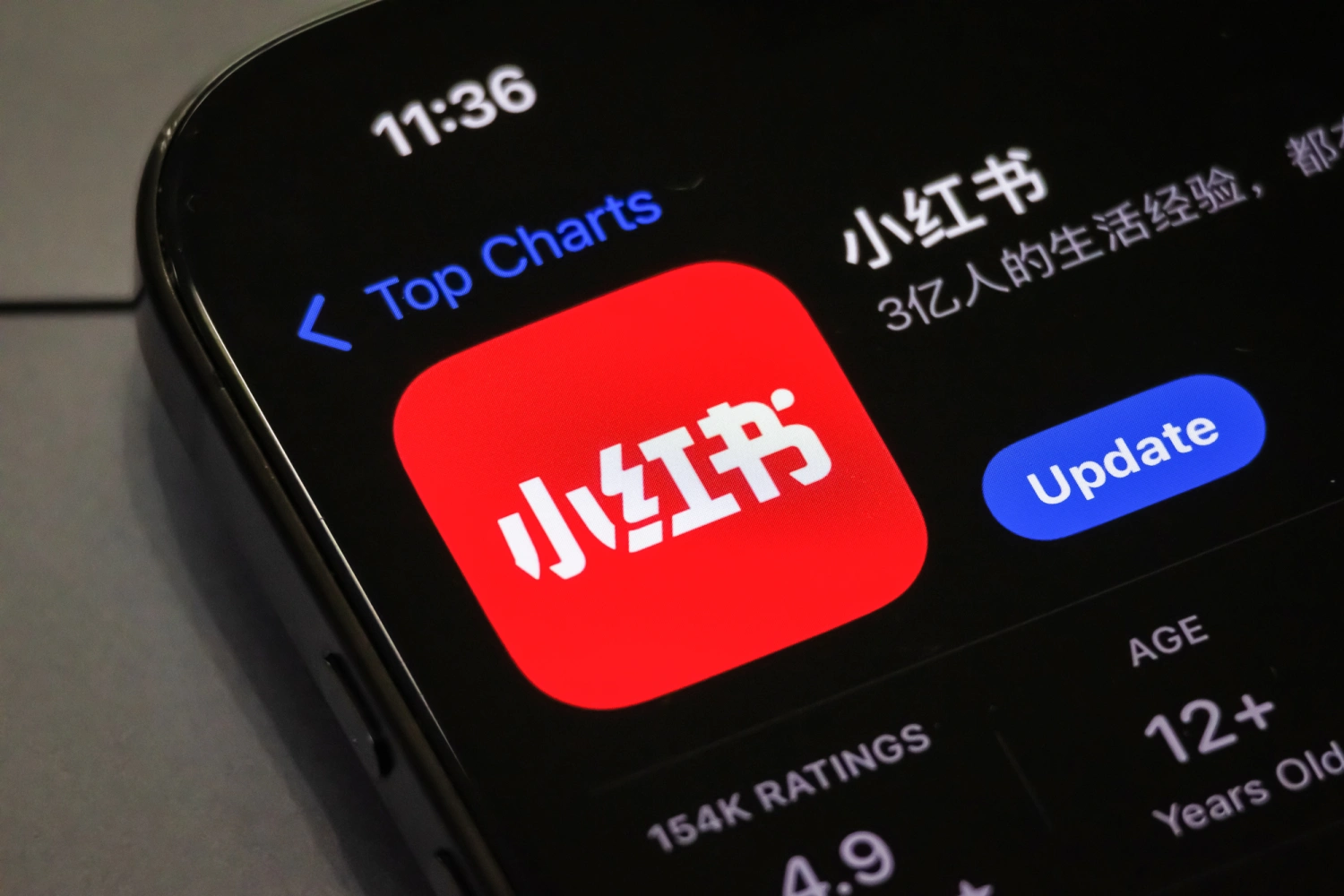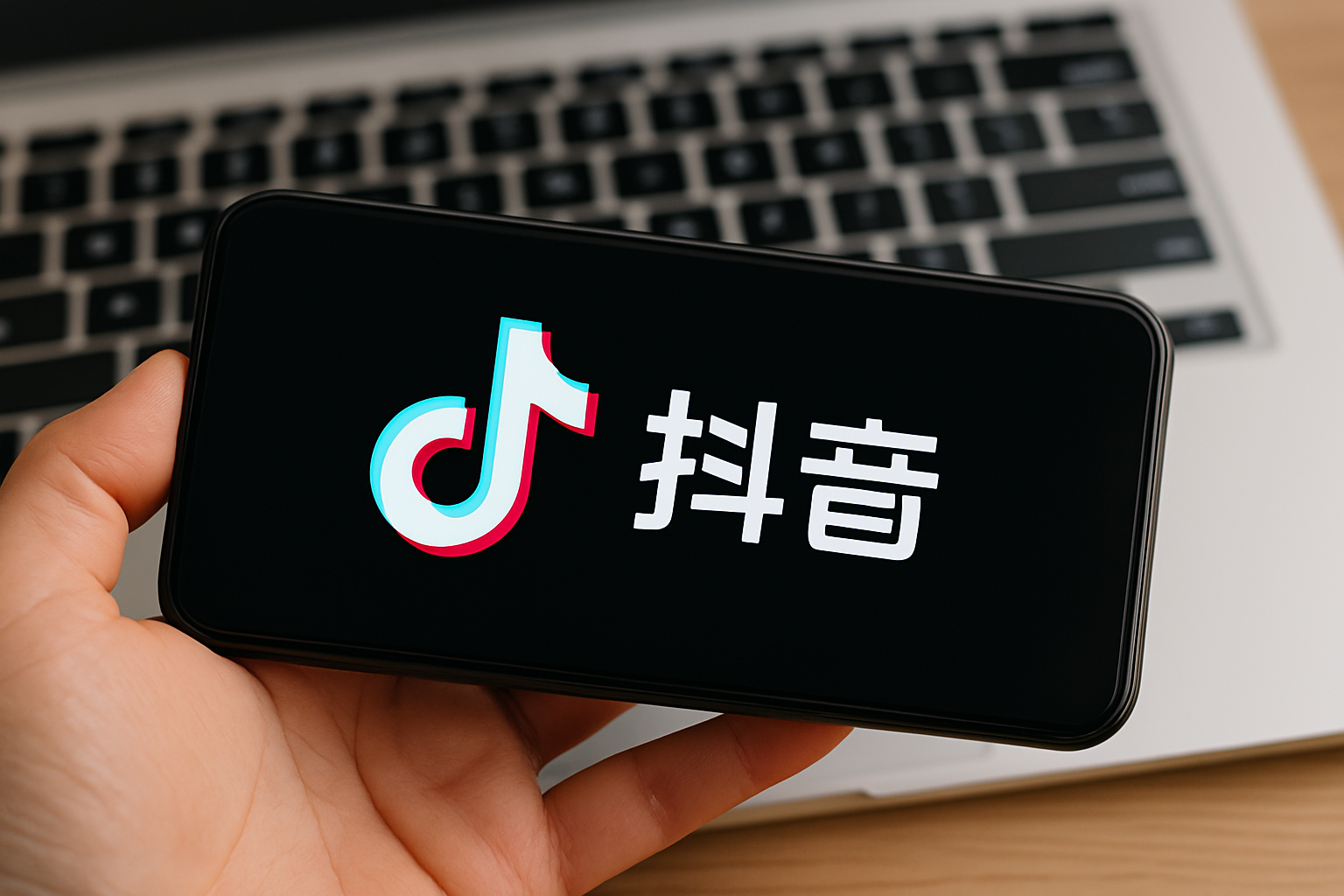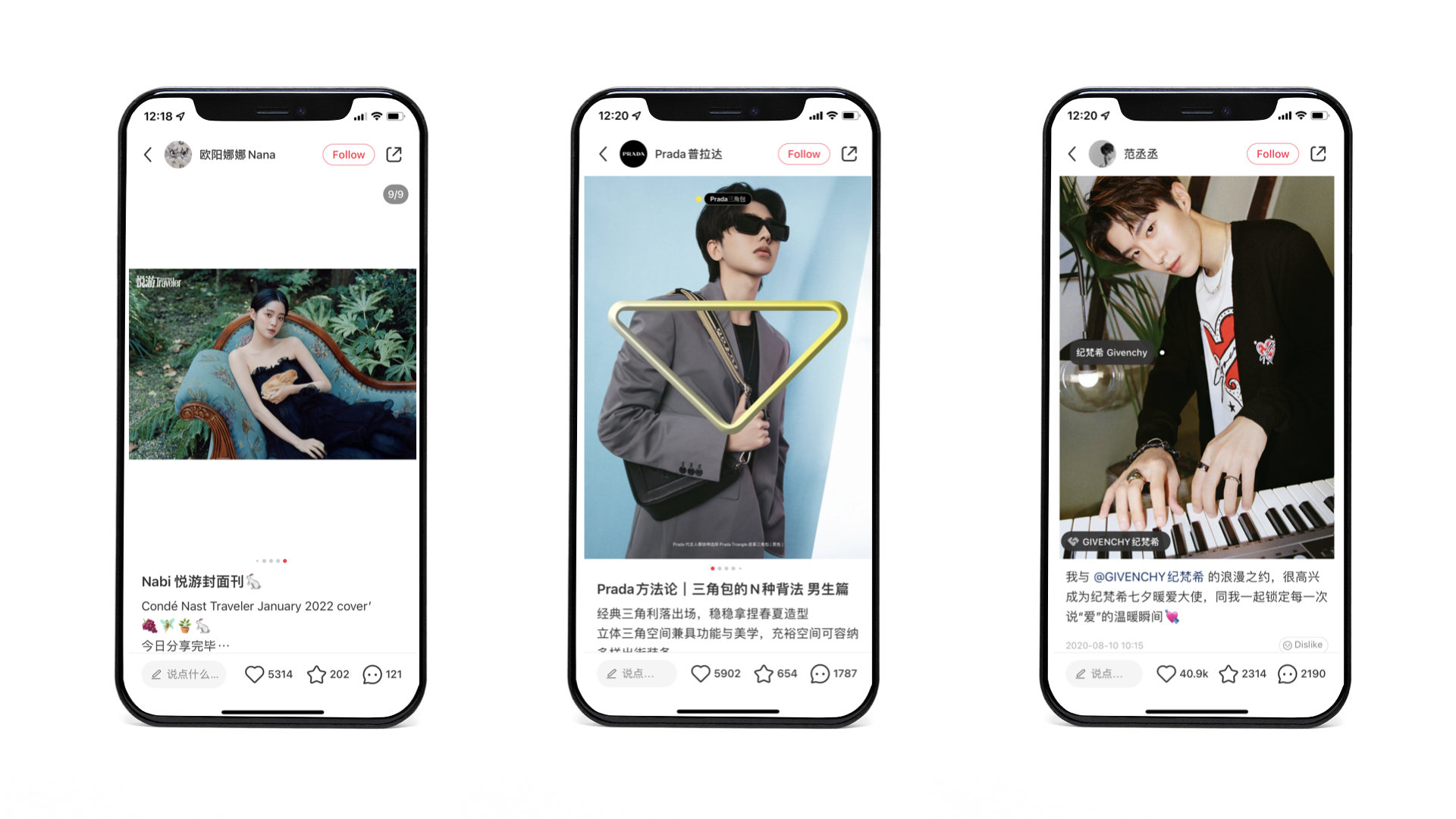What a Buzzword Reveals About Chinese Tech’s Urban Bias
By increasing the frequency of notifications and advertising lurid or scandalous content outside of large cities, internet providers appear to be playing into prejudices about rural or less educated customers.
The ‘xiachen’ practises of internet corporations frequently reflect a skewed perspective of rural and small-town internet consumers. They’re portrayed as exploitable locales, with citizens who are readily satisfied. China’s economic development, however, differs not only between metropolitan cities and rural areas but even inside so-called xiachen markets.
Link: https://www.sixthtone.com/news/1010263/what-a-buzzword-reveals-about-chinese-techs-urban-bias
WeChat Channels: The Key to Your WeChat Ecosystem
Despite the fact that the material on WeChat Channels is not sales-oriented, the platform is nonetheless beneficial to enterprises, particularly those who have already set up e-commerce operations on the network.
Brands can connect visitors to a WeChat article featuring mini-program store embeds by including a link in the post description. WeChat Channels released an update in March 2022 that allows certified users to list mini-programs on the homepage, increasing conversion rates.
Link: https://mp.weixin.qq.com/s/yax22WrsGERrmtN-2FjMnA
Nike CEO John Donahoe Says He’s Chasing Generation Alpha
Although Gen Z is presently Nike’s main source of revenue, the sportswear company has already set its sights on Generation Alpha – children under the age of 12.
Nike faces intense competition in China from disruptor and challenger brands, as well as continuing headwinds in China as a result of local anger over Xinjiang linkages and now Covid lockdowns. Nike released a Roblox game with LeBron James to use Web3 to increase physical sport participation while activating in the metaverse. You received a virtual reward for performing physical activity.
Link: https://mp.weixin.qq.com/s/sPMKsitKWHNQ6CzEBFlNYQ
With Concerts and Pop Stars, Tencent’s Channels Emerge As Big Challengers to Short Video Giants Douyin, Kuaishou
Online concerts featuring big stars from the 1990s and 2000s, such as Lo Ta-yu, Jay Chou, and Westlife, have been organised by Tencent. WeChat’s Channels are gaining popularity, which might shake up the Chinese short video market, which is now headed by ByteDance’s Douyin.
Tencent claimed in its latest quarterly report that thanks to additional entertainment programming and improved algorithms, the volume of videos and total viewing time on Channels, its WeChat-based short-video platform, saw “substantial growth.” The growing popularity of Channels has the potential to shake up China’s short video business, which is now dominated by Douyin.
Tencent’s decision to invite bands that were popular in the 1990s and 2000s corresponds to WeChat’s short-video section’s user base, which is older than Douyin and Kuaishou. Channels also take advantage of WeChat’s large social media network, which allows users to view what their WeChat contacts have enjoyed in terms of posts and videos.
China Digital Currency: Leading Mobile Payment Apps Alipay, and WeChat Pay Install New Features to Help Widen E-Cny Roll-Out
On Thursday, Alipay said that its app now includes a button that allows users to search for and download the official e-CNY wallet. Users can make purchases with e-CNY on the app by creating an account with the same phone number as Alipay. On Alipay’s platform, approximately 6 million digital yuan wallets have been “pushed” to merchants, a process that allows a new e-CNY user to commence that payment option. Last year, Alipay, which has around 900 million users, enabled the payment option.
WeChat Pay, which accepted digital yuan as a payment option three months ago, added a similar e-CNY wallet capability to its app in April. At the end of December, the mobile payments platform, which is part of the multipurpose super app WeChat, had almost 900 million users.
Meanwhile, Hong Kong aims to launch a trial programme to utilise the e-CNY in the city soon, making it the first offshore city to use the digital currency outside of mainland China.




